On my Bookshelf | Olga Karlovac – Elsewhere
On my Bookshelf
In this column, I occasionally present a photo book that is close to my heart. It is not – or not necessarily – a new publication. It is simply a book that somehow fell into my hands and that I would like to recommend to others. And yes – of course it’s on my bookshelf.
It’s a bit of a continuation of my Photo book of the month column – just not necessarily as regular as before. And I’ve generally made the column a bit shorter and tighter. I hope you’ll enjoy it!
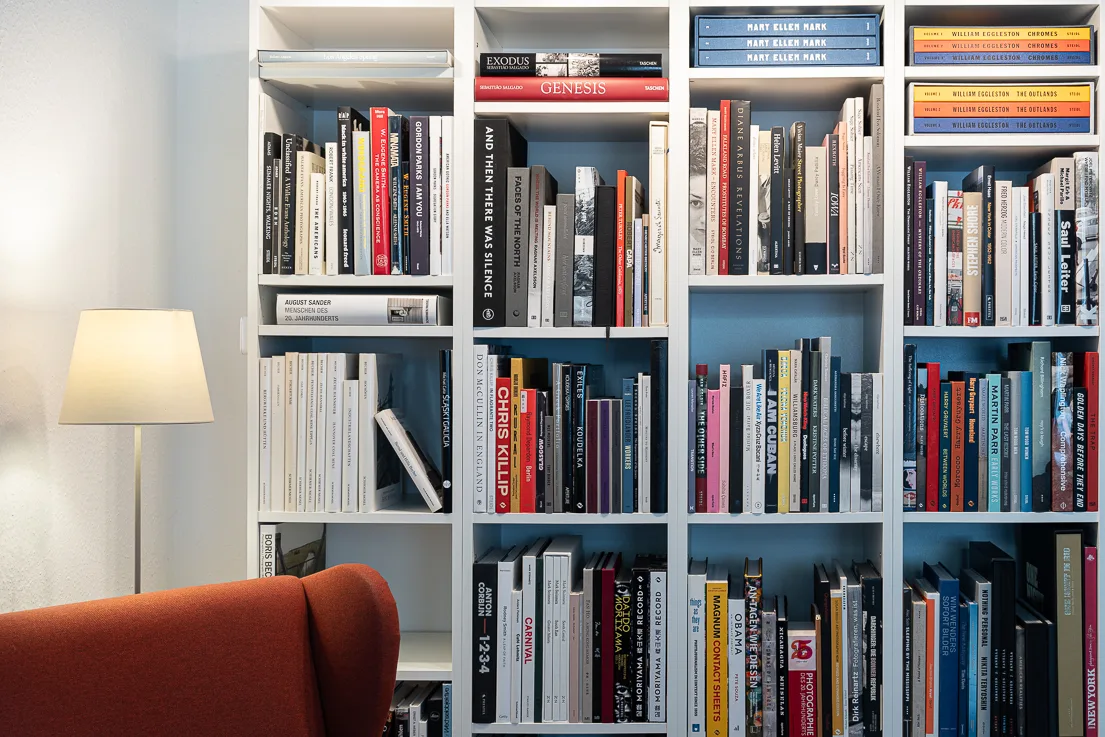
Prologue
Since switching to the Leica Q3 almost 1.5 years ago, I have been receiving more and more questions about lens sharpness – both in comments and directly via email. Perhaps I am partly to blame for this, as I have naturally praised the lens here and there. But essentially, I think I made it very clear that this decision had almost nothing to do with the sharpness of the lens on the Q3.
Somehow, I feel compelled to set the record straight. Yes, sharpness is certainly important in photography, but it is not the only criterion. No, often it’s not even the most important thing in photos. At least not in all photos I make. Some of my favorite photos aren’t particularly sharp or are blurry. In my opinion, this obsession with sharpness in photography can be just as much of an addiction as the obsession with bokeh. And yes, it’s easy to fall into both traps. It happens to me all the time… but I’m working on it. 😉
So, to quote one of the old masters:
La netteté est un concept bourgeois. (Sharpness is a bourgeois concept.)
Henri Cartier-Bresson
But let’s leave the old masters aside. Today, I’ll let a contemporary photographer speak for herself, with her pictures and her books. One whose books I have only just received. For Olga Karlovac, sharpness is certainly not the most important thing in photos either. 😉
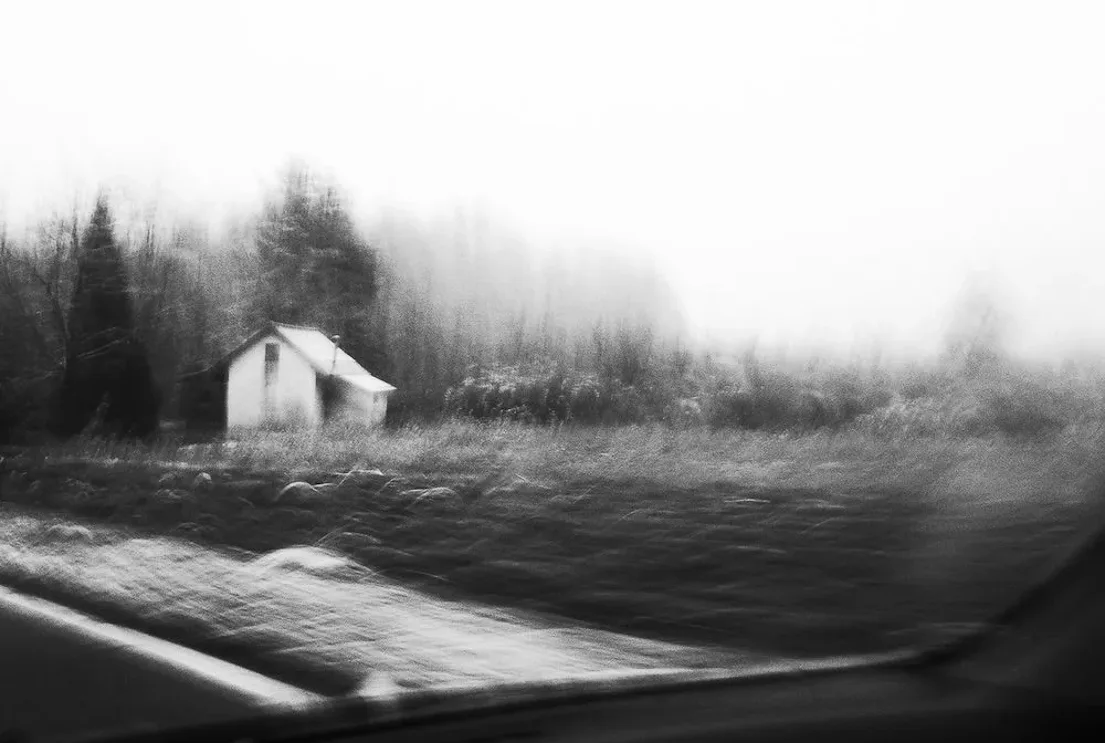
About the Photographer | Olga Karlovac
Olga Karlovac, born in Dubrovnik (Croatia), is a Croatian photographer who now lives and works mainly in Zagreb (as far as I know). She is a self-taught photographer and began taking pictures at the age of 13 when her father gave her a reflex camera. During her studies, she largely abandoned photography and later worked as an economist. In her thirties, she took up photography again as a counterbalance to her job – and developed the style for which she is known today. The success of this comeback is evident today.
Olga Karlovac has become known for her black-and-white scenes, which are dreamy, blurred, and multi-layered. Sometimes landscapes, sometimes cityscapes or street scenes, sometimes portraits – and sometimes a little bit of everything in one picture.




With these impressive and enchanting images, she has held a number of exhibitions and published four books to date.
About the Photo Book | Elsewhere
I have chosen ‘Elsewhere’ for this review simply because it is Karlovac’s latest book. But yes, it might also be interesting to mention that I have the privilege of owning Olga Karlovac’s previous trilogy as well… 😉
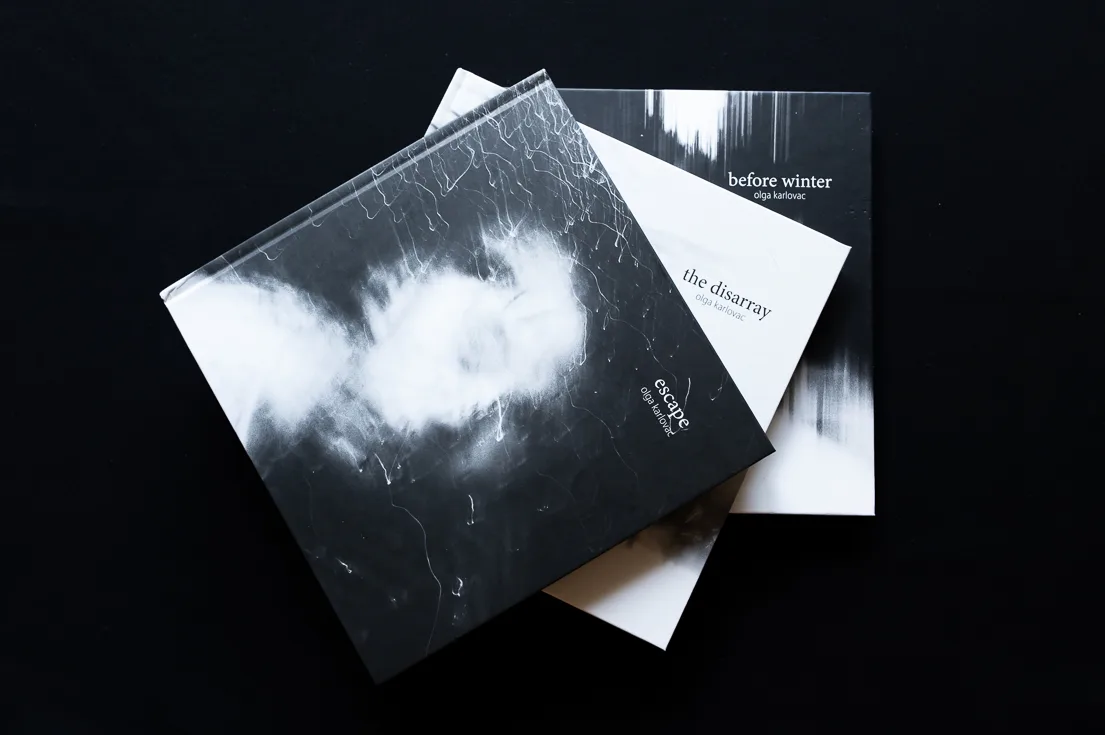
Like the three books before it, ‘Elsewhere’ was self-published. At first glance, it is difficult to tell how many pages it contains – Olga Karlovac has not numbered the pages in any of her books. But with a little research, you can find out that all four books are around 160 pages long – in the case of ‘Elsewhere’, we are talking about 94 photos on 164 pages. The images are printed in duotone on 150g GardaPat Ivory paper.
The easiest way to order the book is directly from Olga Karlovac; you can find the necessary information on the corresponding website. And yes, you will get a signed and numbered copy of a limited edition.
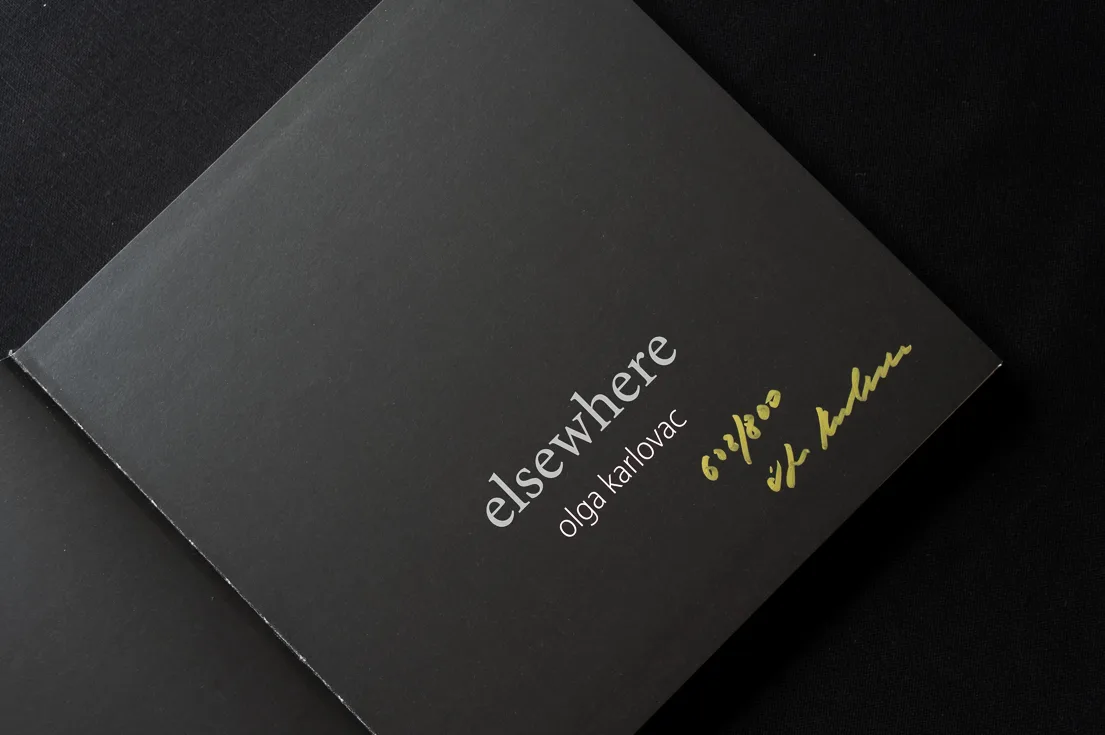
But let’s get to the content – and perhaps also to the context of the book or to differences and similarities with the other three books. I do not know Olga Karlovac personally and have therefore not spoken to her about the books. Everything I write here is based on what I see and what is partly described in the books themselves. I am fully aware that I may misunderstand some of this – whatever “misunderstand” means here. Which, incidentally, fits very well with Olga Karlovac’s approach in photography.
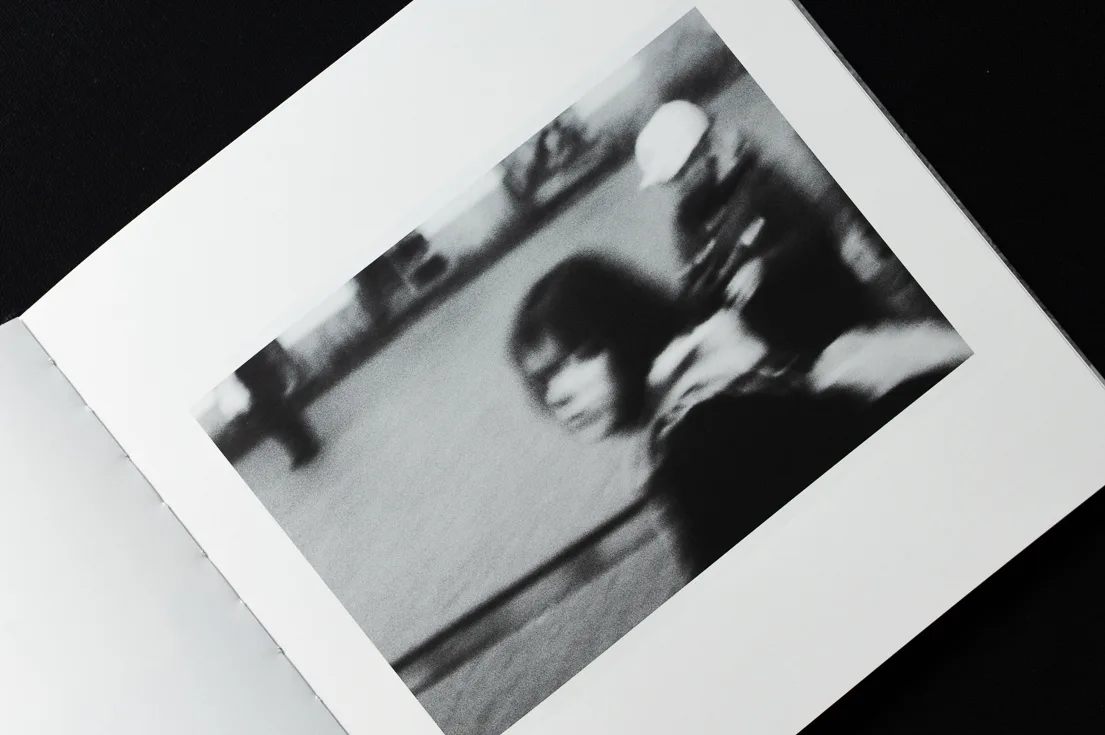
The Trilogy
The three books in the trilogy feature what appears to be a visual headline. In ‘Before Winter,’ it is the time of year and the mood that Olga Karlovac loves most in her photography. In ‘Disarray,’ it is precisely this disorder that is embodied in the images. Lights, shadows, shapes – everything can become blurred depending on the combination and photographic technique used. Into apparent disorder, which, however, no longer looks disorderly at second glance. To me, ‘Escape’ looks like an attempt to flee in many of the pictures. Somewhat darker than in ‘Disarray’, it is mainly the first few pages that look like an attempt to escape. Sometimes it looks as if the blurred people in the pictures are fleeing. At other times, it looks as if the photographer wants to escape.
Is my interpretation correct? Definitely not… but it is my view based on the photos and the books. Another viewer will probably think and react differently. Not to mention what the photographer herself associates with it…
These three books are simply a written and visual statement, a reflective, abstract and imaginative memory – a symbol. A reminder and journal of my life and the emotion that kept me going along this path.
Olga Karlovac
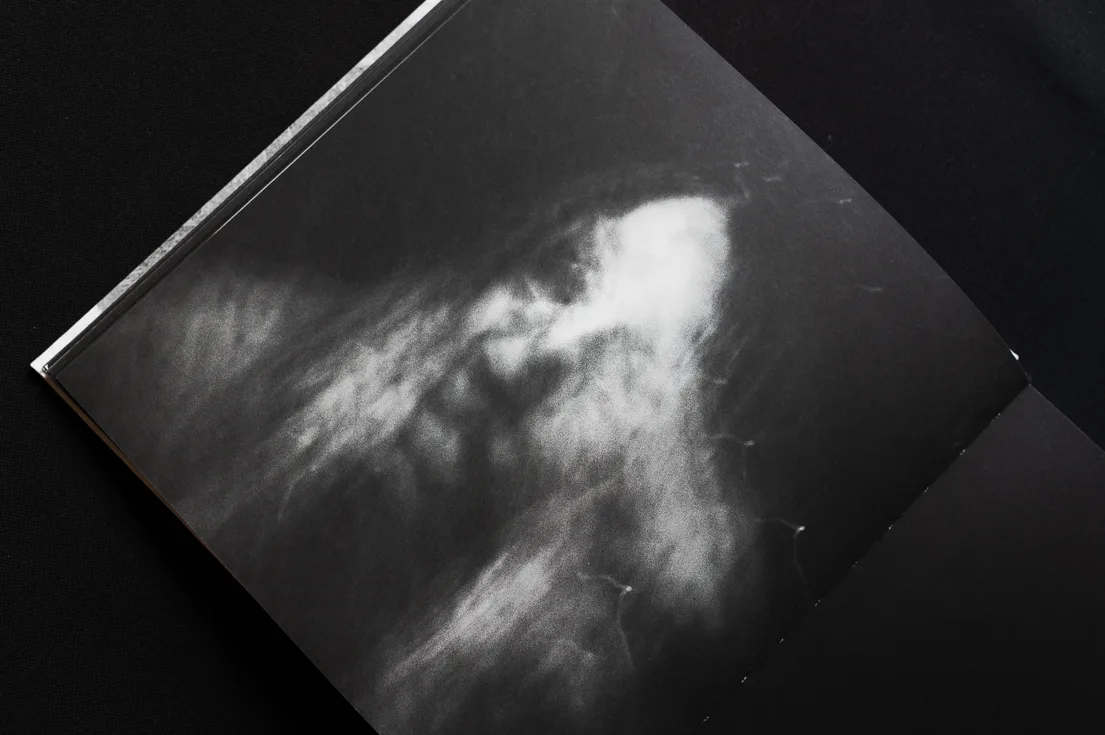
What is ‘Elsewhere’ about?
To be honest: I don’t know exactly.
It’s not street photography (in the traditional sense), it’s not portraiture and it’s not landscape. It has elements of all three, and yet it morphs and mutates depending on what you need from it.
Tracy Calder (in the Foreword of Elsewhere)
In a way, it could be a compilation, a kind of excerpt from the themes of the trilogy. Of course, the style and choice of motifs are similar to before. When I take a closer look at the book, the thing that strikes me most is that the locations seem to be more diverse. There are more rural areas and landscapes, and the images could be from many different journeys. Hence the title ‘Elsewhere’? Who knows? 😉




What I like about it
Where should I begin? First, there is what some might call imperfection. I’m deliberately not doing that here, because the pictures are what they are, not created unintentionally, but with full intent. And whether they are perhaps even perfect is something everyone must decide for themselves. But you know what I mean. You can simply fall in love with these blurry and shaky pictures, let yourself be drawn into them.




Then there is the uncertainty, the ambiguity. Yes, with some of the pictures, it is easy to imagine what they depict. In a few cases, even I think I can guess where they might have been taken. But is that really the case? Do the pictures really show what I think they do? Or are new images being created in my mind from these pictures?
And thirdly, there is the power of photography as an artistic medium in these images. The interplay of light and shadow, of shapes and forms, of reality and abstraction. Olga Karlovac expresses emotions and perceptions in her images – almost like an expressionist painter. Only without colours. Wonderful!
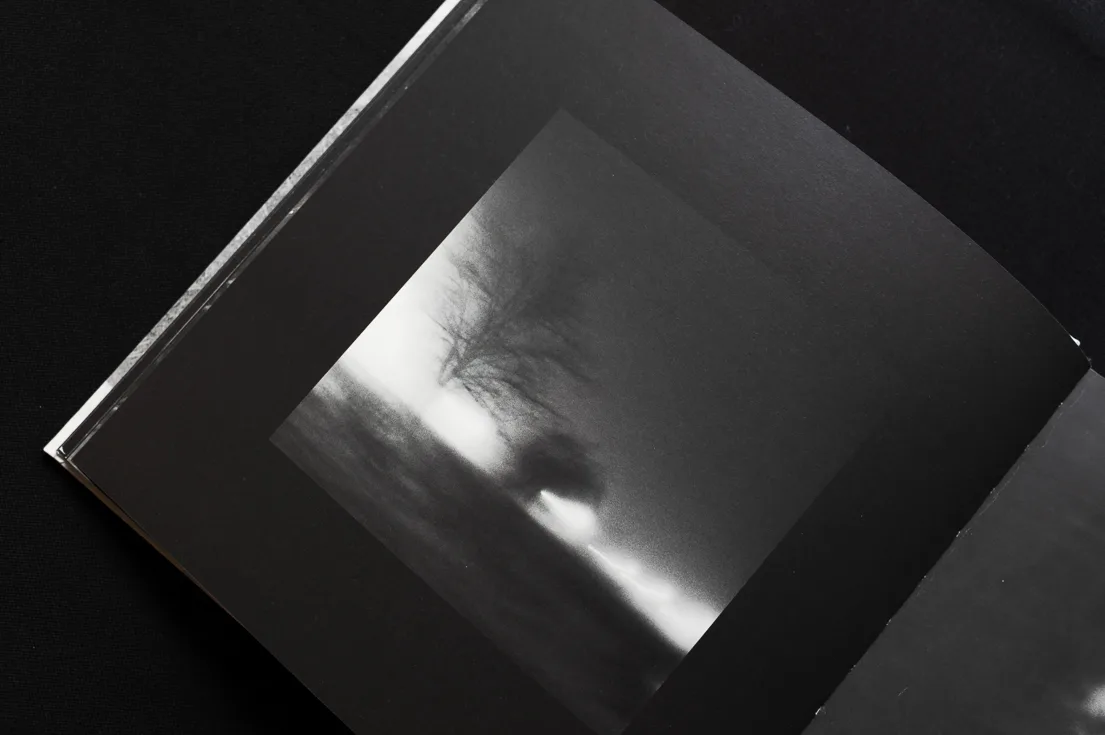
Photography has so many facets. I love the clear, sharp and often seemingly banal images of Eggleston, Shore & Co. I love the colours of Leiter, Herzog and Gruyaert. I love the complex interplay of layers in Alex Webb’s work. And I adore the work of Diane Arbus and, above all – as is well known here – Mary Ellen Mark. All of this is photography as I often – or, unfortunately, not often enough – see it myself.
But there is a but…
But it does me a world of good and inspires me deeply to immerse myself in other ways of seeing. In other types of photography. In other perspectives. And for that, ‘Elsewhere’ is a real treasure that I am very happy to have discovered. So are and the other three books, by the way.
The only thing I would enjoy more than looking at the pictures in the books would be seeing them in an exhibition. I imagine they would have an even more captivating effect there. So I hope there will be an exhibition within reach in the near future…
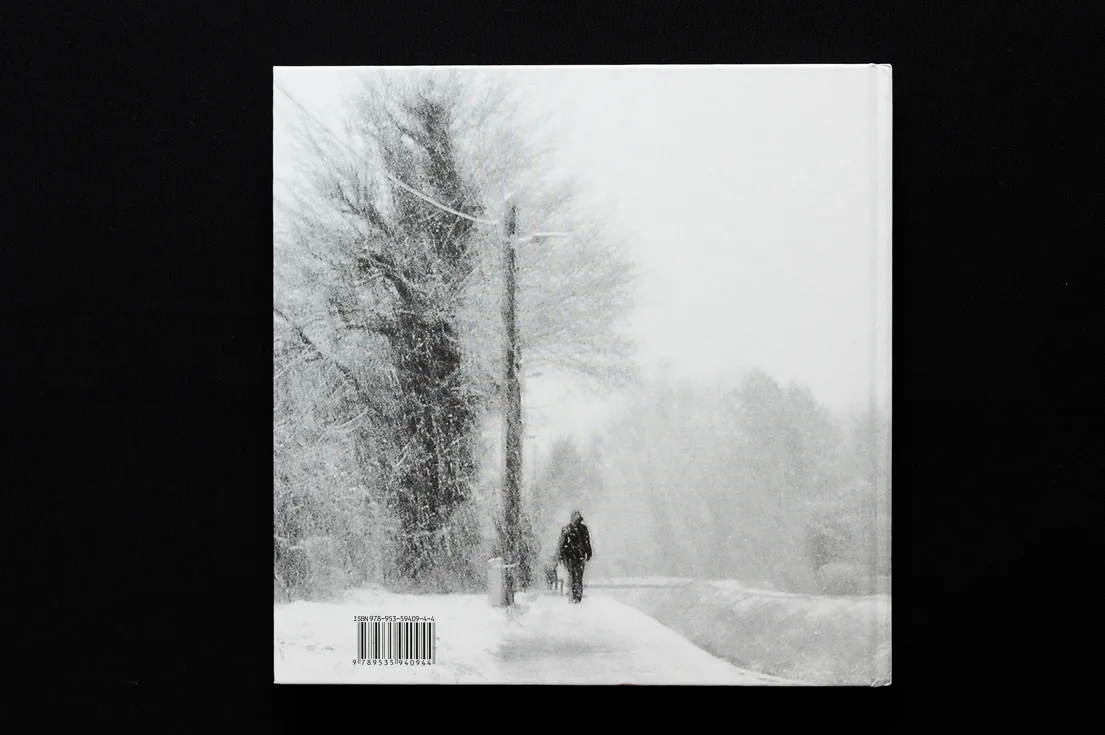
P.S. If anyone is wondering which of the four books is my favourite… hmmm, perhaps ‘Disarray’. But that can change every day, depending on my mood and what I see or think I see today. 🙂

Olga Karlovacs Fotos sind zweifellos interessant und fesselnd! Aber Schärfe kann auch wirken, wie die Bilder von Stanko Abadizc zeigen.
Hallo Volker,
das scharfe Fotos gut sein können, das bezweifelt ja niemand, denke ich. Bestimmt auch Olga Karlovac nicht. Die absolute Mehrzahl meiner Bilder ist sicher auch ziemlich scharf. Aber es ist doch toll, eben auch andere Ansätze zu betrachten und sich dadurch inspirieren zu lassen. Fotografie lebt ja auch von Vielfalt…
Abgesehen davon fällt zumindest mir auf, dass Schärfe von Objektiven (und in Bildern) bei dem einen oder der anderen (OK, meistens doch eher bei Männern) schon auch zu einem heiligen Gral geworden ist. Und das Motiv oder die Situation dabei zweitrangig macht. Manchmal ist der Siemensstern sogar das wichtigste Motiv… 😉
VG Peter
Hallo Peter,
da stimme ich Dir vollkommen zu! Eigentlich war es auch nur meine Absicht, auf den erwähnten Fotografen hinzuweisen!
Die Schärfe und Sonnensternfreunde sind doch meist technikorientiert und weniger an einer Bildaussage interessiert!
Auch ich liebe meine Q116 und begeistere mich an ihrer Bildsprache!
Gruß Volker
Hi Volker,
sorry, dann hatte ich das offenbar zumindest ein klein bisschen anders verstanden. My fault. Menschliche Kommunikation ist eine der schwierigsten 😉
Aber angesehen hatte ich mir Stanko Abadzic natürlich, danke für den Hinweis. Wechselhaftes Leben, spanendes Portfolio… nur bei den Büchern ist er schon etwas Akt-lastig… da habe ich keinen wirklich Bezug zu.
Peter